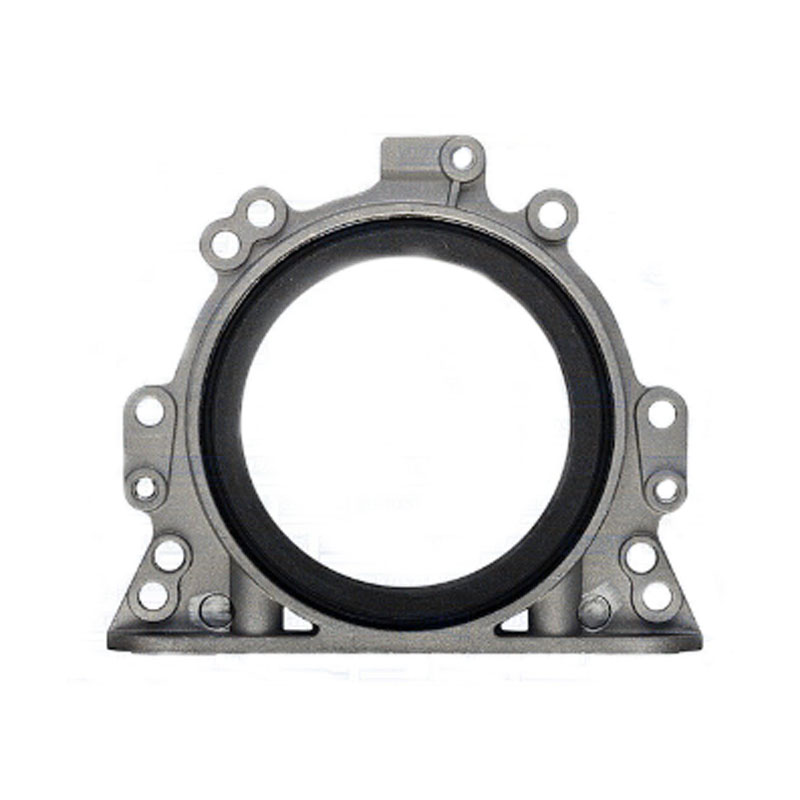727 transmission front seal
Understanding the 727 Transmission Front Seal An Essential Component for Vehicle Performance
The 727 transmission, a three-speed automatic transmission developed by Chrysler, has been a staple in many vehicles since its introduction in the 1960s. Known for its durability and reliability, the 727 is commonly found in muscle cars, trucks, and a variety of other Chrysler vehicles. One of the critical components of this transmission that often gets overlooked is the front seal. The 727 transmission front seal is not just a simple rubber piece; it plays a significant role in ensuring the optimal performance of the transmission system.
What is the 727 Transmission Front Seal?
The front seal of the 727 transmission is designed to prevent transmission fluid from leaking out where the torque converter connects to the transmission case. Made from durable materials that can withstand high pressures and varying temperatures, the front seal helps maintain proper fluid levels within the transmission. Given that the transmission relies on fluid for lubrication, cooling, and hydraulic pressure, any failure of the front seal can lead to severe operational issues.
Importance of the Front Seal
The front seal's primary function is to retain the transmission fluid within the system. Transmission fluid serves multiple purposes it lubricates moving parts, cools the transmission, and enables smooth gear shifting. If the front seal fails, fluid can leak out, leading to a drop in pressure. This drop can result in slipping gears, overheating, and ultimately, transmission failure. In addition, a lack of sufficient fluid can cause significant wear on internal components, further exacerbating the problem.
Signs of a Failing Front Seal
727 transmission front seal

Recognizing the symptoms of a failing front seal is crucial for preventing further damage to the transmission. One of the most evident signs of a front seal issue is the presence of transmission fluid pooling under the vehicle. Unlike other fluid leaks, transmission fluid is typically red or brown and has a distinct sweet smell. Additionally, drivers may notice a decrease in transmission performance, characterized by rough shifting or unexpected slipping. If these symptoms are present, it is vital to address the problem promptly to avoid costly repairs.
Replacement and Maintenance
Replacing a failing front seal is essential for maintaining the health of the 727 transmission. The process involves draining the transmission fluid, removing the torque converter, and then replacing the old seal with a new one. While this may seem straightforward, it often requires specialized tools and expertise, making it advisable to have the work done by a professional mechanic.
Regular maintenance of the transmission can significantly extend the life of the front seal and the transmission itself. It is recommended to check the transmission fluid level regularly and change the fluid according to the manufacturer’s guidelines. Keeping an eye on the condition of the fluid—looking for discoloration or a burnt smell—can also provide insights into the health of the transmission and its seals.
Conclusion
The 727 transmission front seal might be a small component, but its role in ensuring the efficient functioning of the transmission system cannot be overstated. Understanding the importance of this seal, along with the signs of potential failure, can help vehicle owners take proactive measures to maintain their transmissions. Regular maintenance, timely inspections, and addressing issues as they arise can prevent costly repairs and ensure that the vehicle performs optimally for years to come. Whether you're a classic car enthusiast or rely on your vehicle for daily transportation, keeping your 727 transmission in good shape—including the front seal—is essential for performance and reliability.
-
Simplifying Oil Changes: A Comprehensive Guide to Oil Drain Plugs and Their Variants
News Aug.04,2025
-
Mastering Oil Drain Maintenance: Solutions for Stripped, Worn, and Upgraded Oil Plugs
News Aug.04,2025
-
Fixing Oil Pan Plug Issues: Leaks, Stripped Nuts, and the Right Replacement Solutions
News Aug.04,2025
-
Everything You Need to Know About Oil Drain Plugs: Sizes, Fixes, and Upgrades
News Aug.04,2025
-
Choosing the Right Oil Drain Plug: A Guide to Sizes, Materials, and Drain Innovations
News Aug.04,2025
-
A Complete Guide to Automotive Drain Plugs: Types, Problems, and Innovative Solutions
News Aug.04,2025
-
The Ultimate Guide to Car Repair Kits: Tools and Essentials Every Driver Should Own
News Aug.01,2025
Products categories















